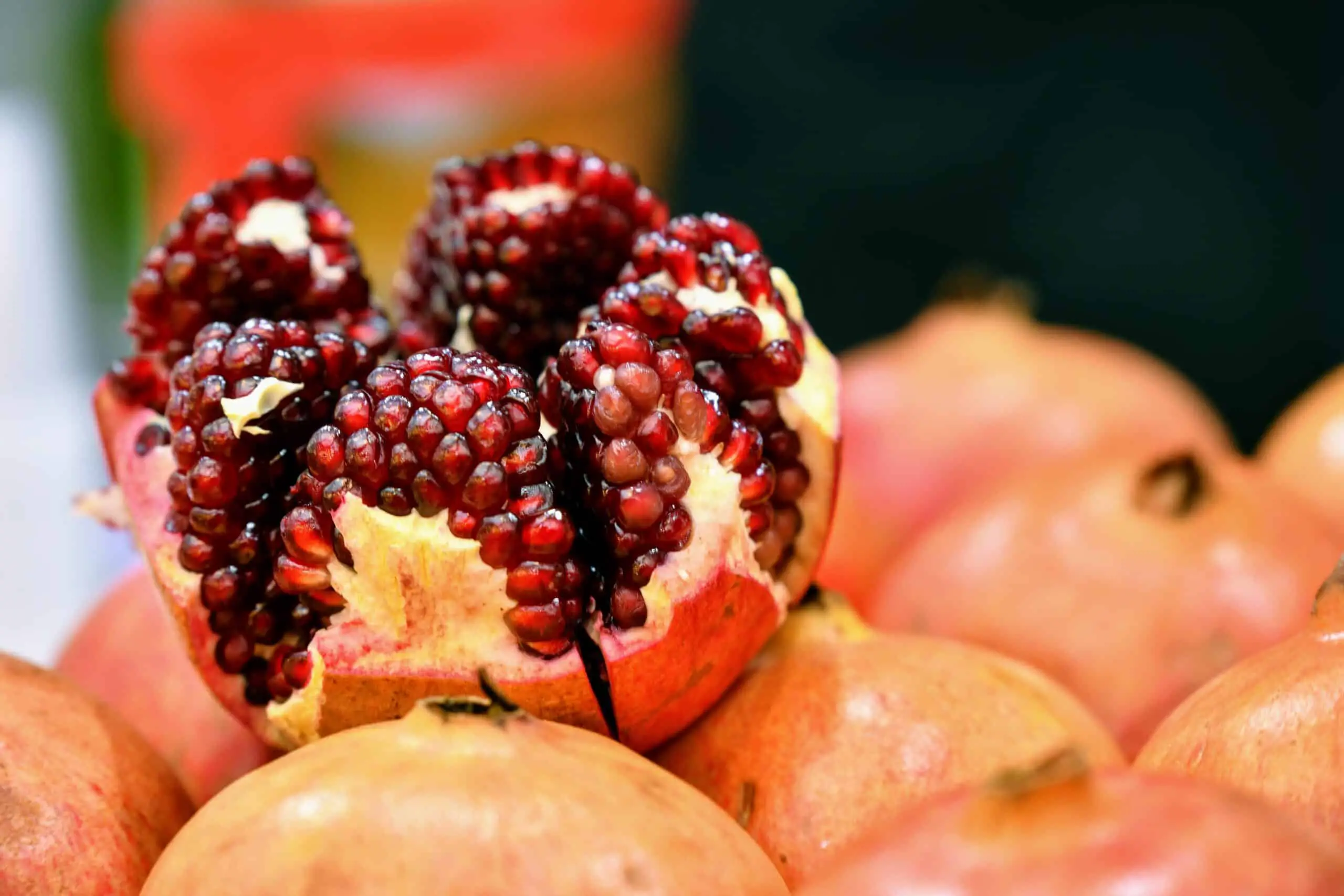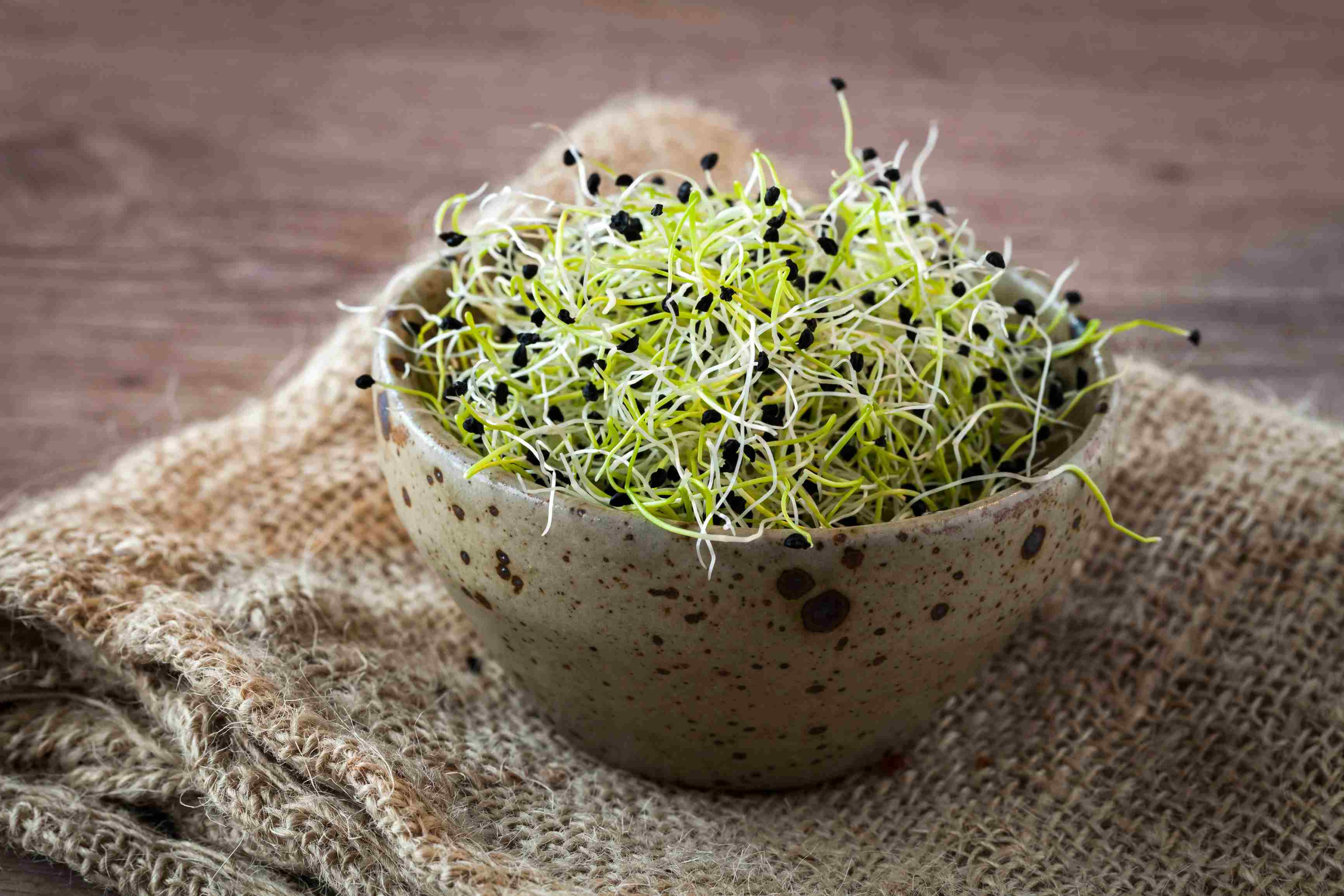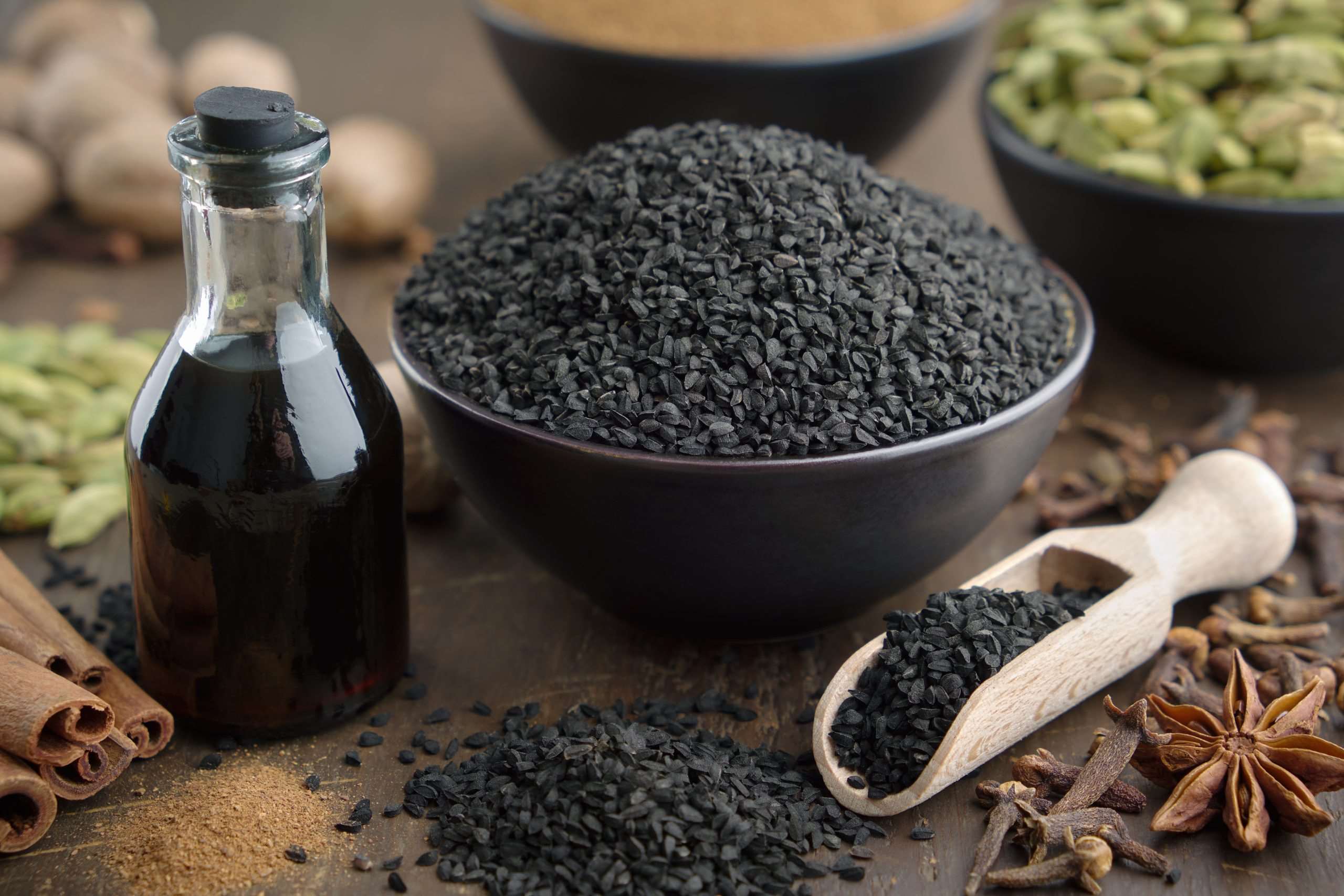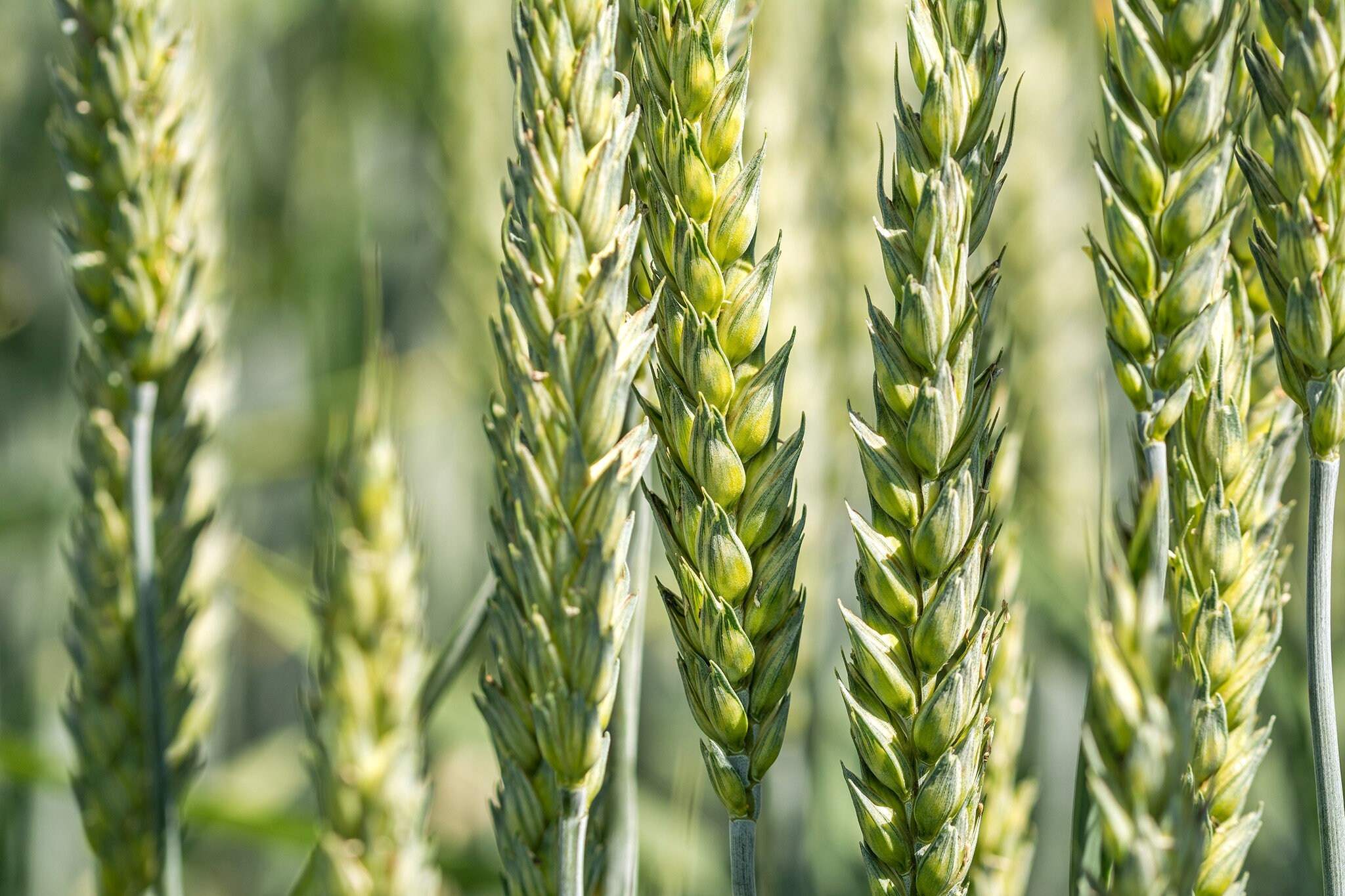Home>Types of Gardening>Ornamental Gardening>Where Are The Seeds In A Pine Cone
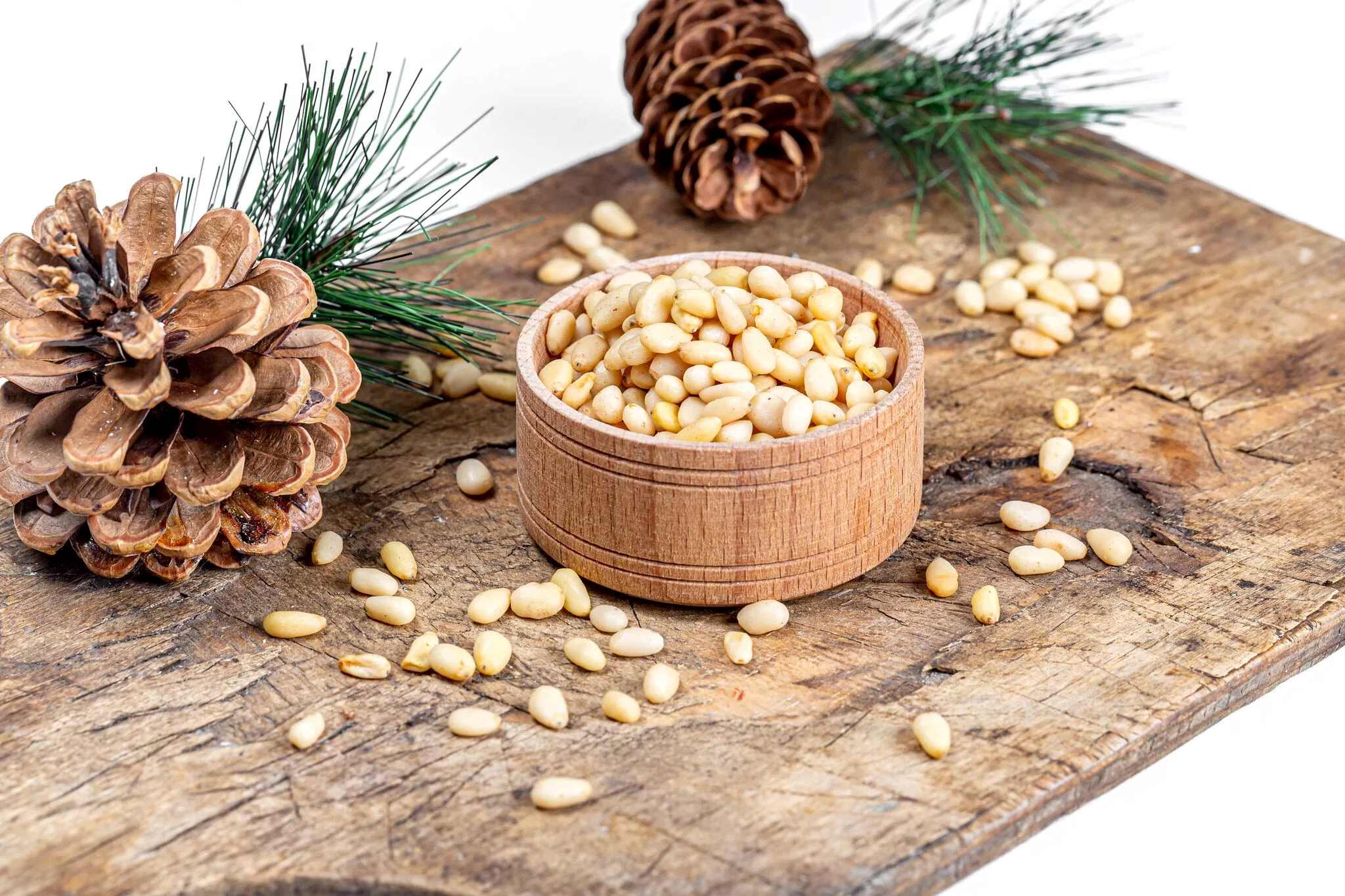

Ornamental Gardening
Where Are The Seeds In A Pine Cone
Published: September 16, 2023
Discover the secrets of pine cone seeds and how they can enhance your ornamental gardening. Learn where to find and how to harvest them for your garden.
(Many of the links in this article redirect to a specific reviewed product. Your purchase of these products through affiliate links helps to generate commission for Chicagolandgardening.com, at no extra cost. Learn more)
Table of Contents
Introduction
Welcome to the fascinating world of pine cones, the intriguing reproductive structures of pine trees. These small, cone-shaped marvels hold a hidden treasure – seeds! But where exactly are these seeds located within the pine cone? In this article, we will unravel the mysteries of pine cone anatomy, explore the intricate lifecycle of pine cones, and delve into the mechanisms of seed production and dispersal.
Pine cones have long captured the imagination of nature enthusiasts and gardeners alike. Their unique structures, composed of protective scales and bracts, play a crucial role in the reproduction of the pine tree. But it is not just their function that captures our curiosity; it is also the mesmerizing beauty they exude, adorned with an array of colors and textures that make them a sought-after decorative element in ornamental gardening.
Understanding the secrets of pine cones goes beyond mere curiosity. It allows us to appreciate the intricacies of nature and aids in preserving and cultivating these magnificent trees. Whether you have a pine tree in your backyard or simply seek a deeper appreciation for nature’s wonders, this article will provide you with valuable insights into the world of pine cones.
So, let’s embark on this enlightening journey together and discover the hidden world of seeds within a pine cone!
Anatomy of a Pine Cone
To understand the location of the seeds within a pine cone, it is essential to familiarize ourselves with the anatomy of this intricate structure. Pine cones come in various shapes and sizes, but they all consist of several key components.
The outermost layer of a pine cone is comprised of thick, woody scales. These scales, often tightly packed and overlapping, serve as protection for the developing seeds. They are typically arranged in a spiral pattern, creating the distinctive cone shape we associate with pine cones.
Underneath the scales, we find the bracts, which are modified leaves that provide additional protection and support. Bracts come in a variety of forms, from thin and papery to thick and woody, depending on the species of pine tree. These structures are often seen protruding between the scales, adding texture and visual interest to the pine cone.
Now, let’s explore the core of the pine cone, where the reproductive magic happens. Deep within the cone, nestled between the scales, we can find the female reproductive structures, known as ovules. These ovules are attached to the cone’s axis by a structure called the placenta.
The male reproductive structures, called pollen cones or microstrobili, are usually located near the base of the pine tree. These small cones produce pollen, which is released into the air and carried by the wind or carried by insects to the female cones. Once the pollen reaches the ovules, fertilization can occur, giving rise to seeds.
As the seeds develop, they mature within the protective scales and bracts. Over time, the cone undergoes changes in color and texture, signaling that the seeds are nearing readiness for dispersal.
In the following sections, we will explore the lifecycle of a pine cone and delve into the fascinating process of seed production and dispersal.
Pine Cone Lifecycle
The lifecycle of a pine cone is an intricate process that spans several years and involves various stages. It begins with the formation of cones on a mature pine tree and ends with the dispersal of seeds, ready to germinate and give rise to new pine trees.
The lifecycle of a pine cone can be divided into three main stages: cone initiation, cone development, and cone maturation.
1. Cone Initiation: The process of cone initiation begins with the development of buds on the branches of the pine tree. These buds contain primordial structures that will eventually give rise to cones. In some species, cone initiation can occur within a year, while in others, it may take several years.
2. Cone Development: Once the buds have initiated cone formation, they begin to grow and differentiate into female and male cones. Female cones, also known as seed cones, are typically larger and emerge near the top of the tree, while male cones, called pollen cones, appear closer to the bottom. These cones gradually increase in size and develop scales, bracts, and reproductive structures.
3. Cone Maturation: As the cones continue to develop, the female cones go through a maturation process that prepares them for seed production. This maturation period can span several months or even years, depending on the species. During this time, the scales of the cone may open up, allowing pollination to occur. The ovules within the cone become receptive to pollen, and fertilization takes place.
Once fertilized, the ovules within the cone develop into seeds. The seeds are surrounded by a protective layer called the seed coat. As the cone continues to mature, the scales and bracts may change color, often turning brown or golden. These visual cues indicate that the seeds are approaching their full maturity and that the cone is ready for dispersal.
After seed maturation, the pine cone undergoes a final phase known as cone opening. This is when the scales begin to spread apart, allowing the seeds to be exposed to the environment. The timing and mechanism of cone opening vary among different pine species. Some cones disintegrate, releasing their seeds, while others rely on the drying and shrinking of the cone to facilitate seed dispersal.
With the seeds now free from their protective confines, they are ready to be dispersed and start their journey towards germination and growth into new pine trees. The methods and agents of seed dispersal will be explored in the next section.
Seed Production in Pine Cones
Pine cones play a vital role in the production of seeds, ensuring the continuation of pine tree populations. These intricate structures facilitate the transfer of pollen to the ovules, resulting in fertilization and seed development.
Pollen, produced by the male cones, is released into the air during the appropriate pollination season. These tiny grains are carried by the wind or transported by insects to the female cones. In some pine species, the male and female cones may even release their pollen and ovules at different times, reducing the chances of self-fertilization and promoting genetic diversity.
Once the pollen reaches the receptive ovule, a process called pollination occurs. The pollen grains land on the surface of the ovule and germinate, forming a pollen tube that penetrates the ovule’s protective layers. The sperm cells within the pollen then travel through the pollen tube and fertilize the egg cell found within the ovule. This fertilization process results in the formation of an embryo, surrounded by food reserves and protected by a seed coat.
As the fertilized ovules develop into seeds, they continue to receive nourishment from the surrounding tissues, such as the megagametophyte. The scales and bracts of the pine cone provide a shielded environment for the developing seeds, safeguarding them from environmental factors and potential predators.
The number of seeds produced within a pine cone can vary depending on the species and environmental conditions. Some cones may only contain a few seeds, while others can house hundreds. Pine trees have evolved this variability to adapt to different ecological situations, ensuring the survival and propagation of their species.
It is important to note that not all the seeds produced within a pine cone will successfully germinate and grow into mature trees. Many factors, including competition for resources, predation, and unfavorable environmental conditions, can limit the success rate of seed germination and seedling establishment.
Nevertheless, the seed production within pine cones is a crucial step in the life cycle of pine trees, as it ensures the potential for new generations to take root and contribute to forest ecosystems.
Next, let’s explore the fascinating mechanisms by which pine cone seeds are dispersed, allowing them to find suitable habitats for growth and survival.
Seed Dispersal Mechanisms
After the maturation of seeds within a pine cone, the next critical step in the life cycle of pine trees is seed dispersal. Pine cone seeds have evolved several ingenious mechanisms to ensure they are dispersed away from the parent tree, increasing their chances of finding suitable conditions for germination and growth.
One common method of seed dispersal in pine cones is wind dispersal. As the scales of the cone open up, they create a gap through which the seeds can be released. Since pine cones are typically located on the higher branches of trees, the seeds can catch the wind and be carried away to new locations. The wing-like structure of the seeds, often referred to as samaras or wings, helps in their airborne transportation over long distances.
Another mechanism of seed dispersal in certain pine cone species is through animal consumption. Some animals, such as birds and small mammals, are attracted to the nutritious seeds within the cones. They consume the cone, digest the fleshy parts, and excrete the intact seeds elsewhere. This process can aid in the dispersal of seeds over greater distances, as animals carry the seeds away from the parent tree in their feces.
Additionally, water is a key agent of seed dispersal for certain pine species. Seeds that fall into water bodies, such as rivers or streams, can be transported downstream to new areas. This method ensures the colonization of pine trees in different waterside habitats.
Seed dispersal not only helps individual pine trees avoid competition with their offspring but also aids in the colonization of new areas and the establishment of diverse pine populations. By dispersing seeds over varying distances and through different mechanisms, pine trees increase their chances of survival and adaptability to changing environments.
It is worth noting that not all seeds that are dispersed will successfully germinate and grow into mature trees. The availability of favorable environmental conditions, such as soil quality and moisture, as well as competition with other plants, can greatly influence the success of seedling establishment.
Understanding the diverse mechanisms of seed dispersal in pine cones highlights the intricate relationship between plants and their environment. It showcases nature’s ingenious strategies for species survival and adaptation.
As we conclude our exploration of the fascinating world of pine cones, we hope that you have gained a deeper appreciation for these remarkable structures and their vital role in the life cycle of pine trees.
Conclusion
The world of pine cones is a captivating realm filled with intricate structures, fascinating lifecycles, and ingenious mechanisms of seed production and dispersal. Understanding the anatomy of a pine cone allows us to appreciate its beauty and functionality, while the exploration of the lifecycle sheds light on the time and processes involved in the development and maturation of cones.
Seed production within pine cones ensures the continuation of pine tree populations, as the fertilization of ovules leads to the formation of seeds that hold the potential for new growth. These seeds are carefully protected within the scales and bracts of the cones, providing a nurturing environment until they are ready for dispersal.
The dispersal mechanisms of pine cone seeds showcase nature’s ingenuity and adaptation. The wind carries some seeds far from the parent tree, while others rely on animal consumption or water transportation to reach new habitats. Each mechanism plays a crucial role in the expansion and survival of pine tree populations by reducing competition and allowing for the colonization of diverse environments.
However, the journey of a pine cone seed does not end with dispersal. Successful germination and growth into mature trees depend on various factors, including favorable environmental conditions and competition with other plants.
Through this exploration of pine cones, we gain a deeper understanding of the intricate relationships between plants, animals, and their environments. We are reminded of the importance of preserving and cultivating these remarkable trees, not only for their visual appeal in ornamental gardening but also for their significant contributions to ecosystems and the environment as a whole.
So, the next time you come across a pine cone, take a moment to marvel at its intricate design and contemplate the incredible journey that lies within. From the formation of buds to the dispersal of seeds, pine cones hold the secrets of plant reproduction and the continuation of these majestic trees.
Embrace the wonders of nature and let the pine cone inspire you to explore further, appreciating the interconnectedness and resilience of the natural world.
